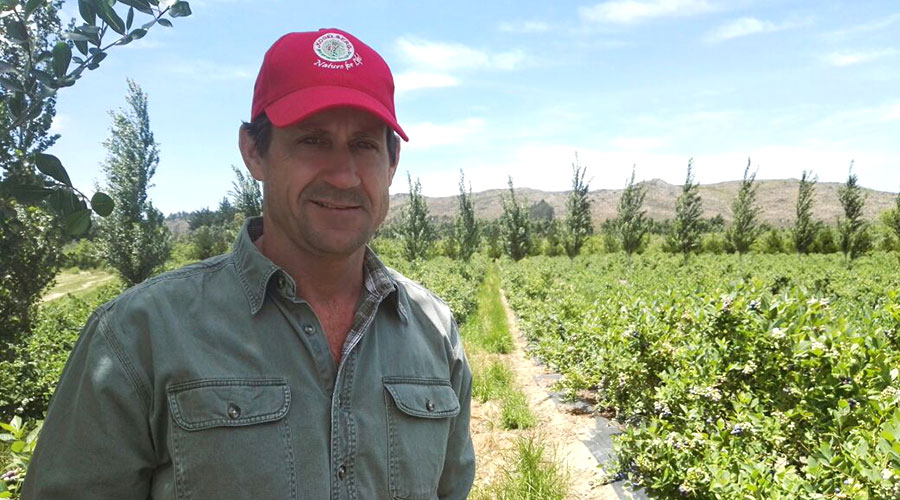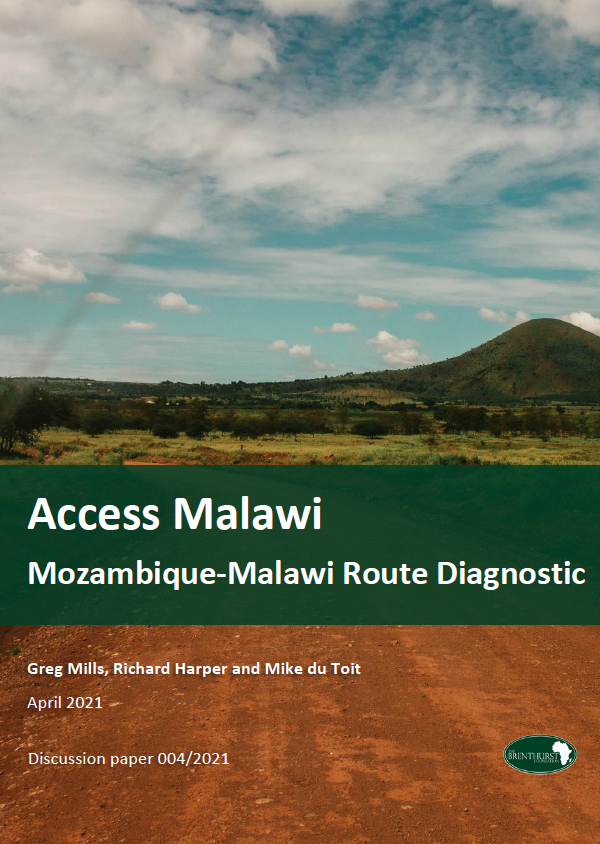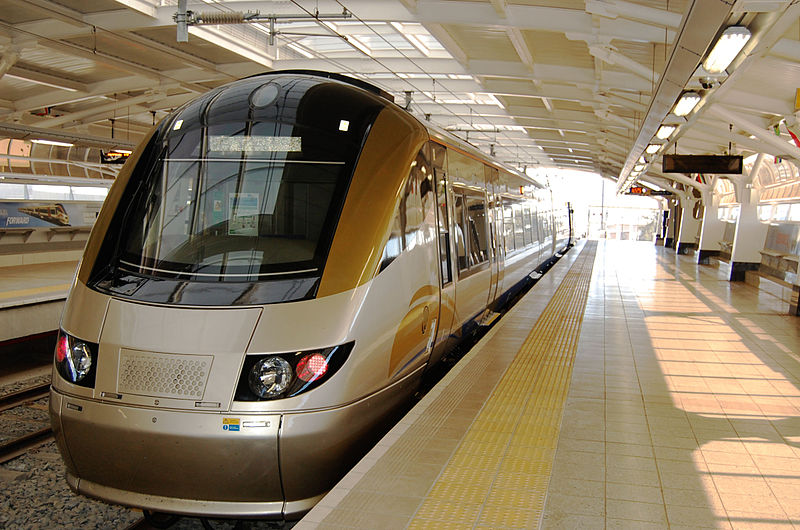Publications
Access Malawi: Mozambique - Malawi Route Diagnostic

Chair, Kogelberg Biosphere Reserve Company

Photographer and Logistics Consultant

Director, The Brenthurst Foundation
We saw no tourists at all on the road to Malawi from Maputo, not even adventuresome overlanders and members of the 4x4 brigade. This may have (partly) been down to Covid-19, but their absence was hardly surprising given the levels of intimidation and friction from officialdom.
We had set off from Johannesburg two days earlier, a short (and, as it turned out, fast and friction free) 550 kms day's driving to Maputo. But the Lebombo/Ressano Garcia border post just a hundred kilometres from Maputo provided an inkling of what was to come. Two stops on the South African side for customs and passports, and not fewer than seven to gain entry into Mozambique.
The road surface progressively deteriorated on the journey northwards from Maputo to Lilongwe via Vilanculos, Beira and Tete. Despite travelling as fast as safely possible, leaving each day at 0600 to avoid driving in the dark, our average speed scarcely inched above 60 km/h.
The leaders of both Malawi and Mozambique — and their supporters outside — need to contemplate the contemporary role of borders in Europe when they consider the means to spur regional trade and integration. Today in Europe these are signified by signs that you flash by at 90 km/h, or more. In Africa borders remain a place to slow down traffic, to do arbitrage, to extract bribes and 'help', and exact a premium of money, hassle and, above all else, uncertainty.
Absent a solution to the state of the roads, and the frictional costs of the man with a gun and a uniform, the prospects of trading to prosperity remains remote.
This discussion paper was also published on Daily Maverick.


